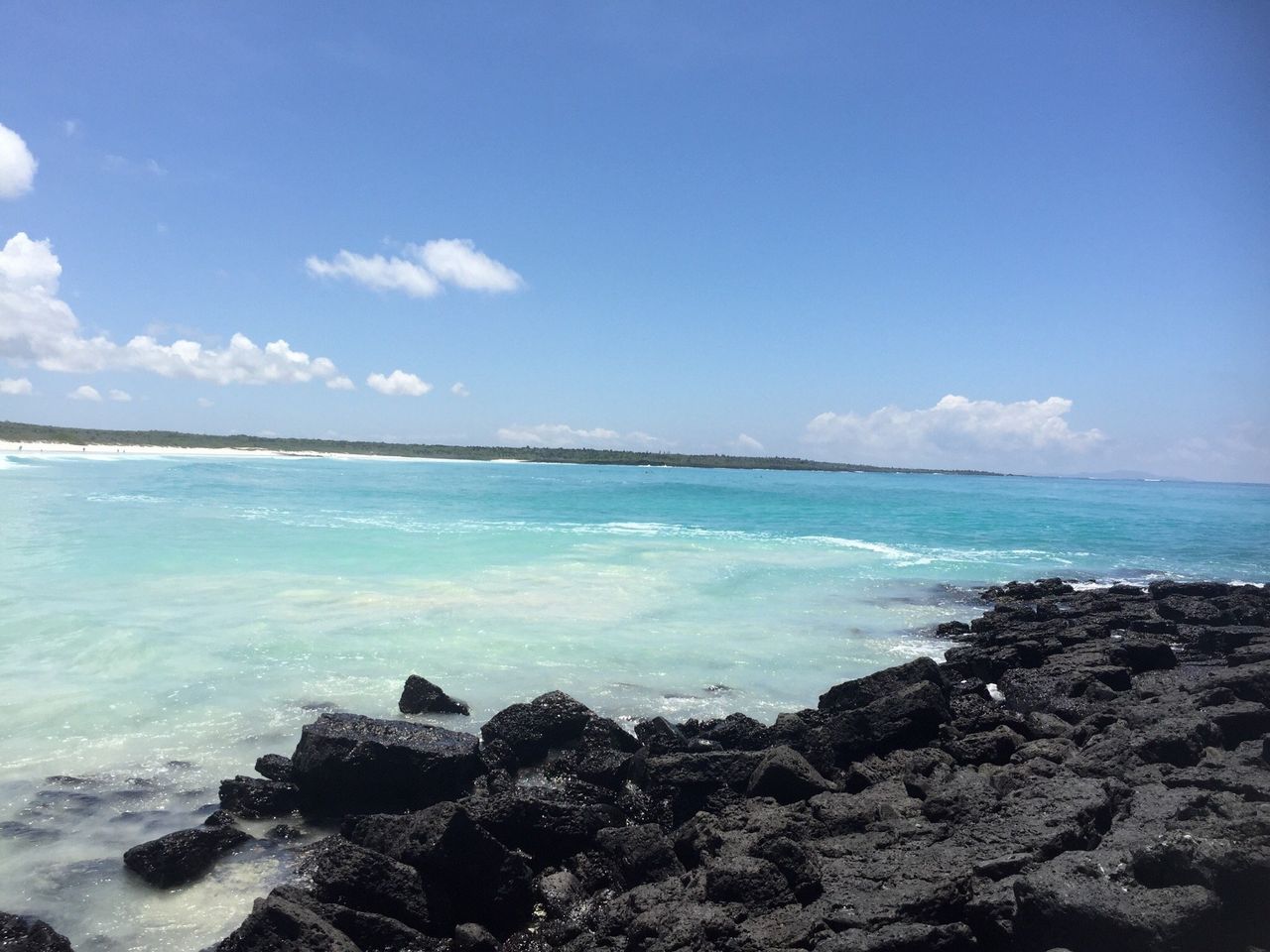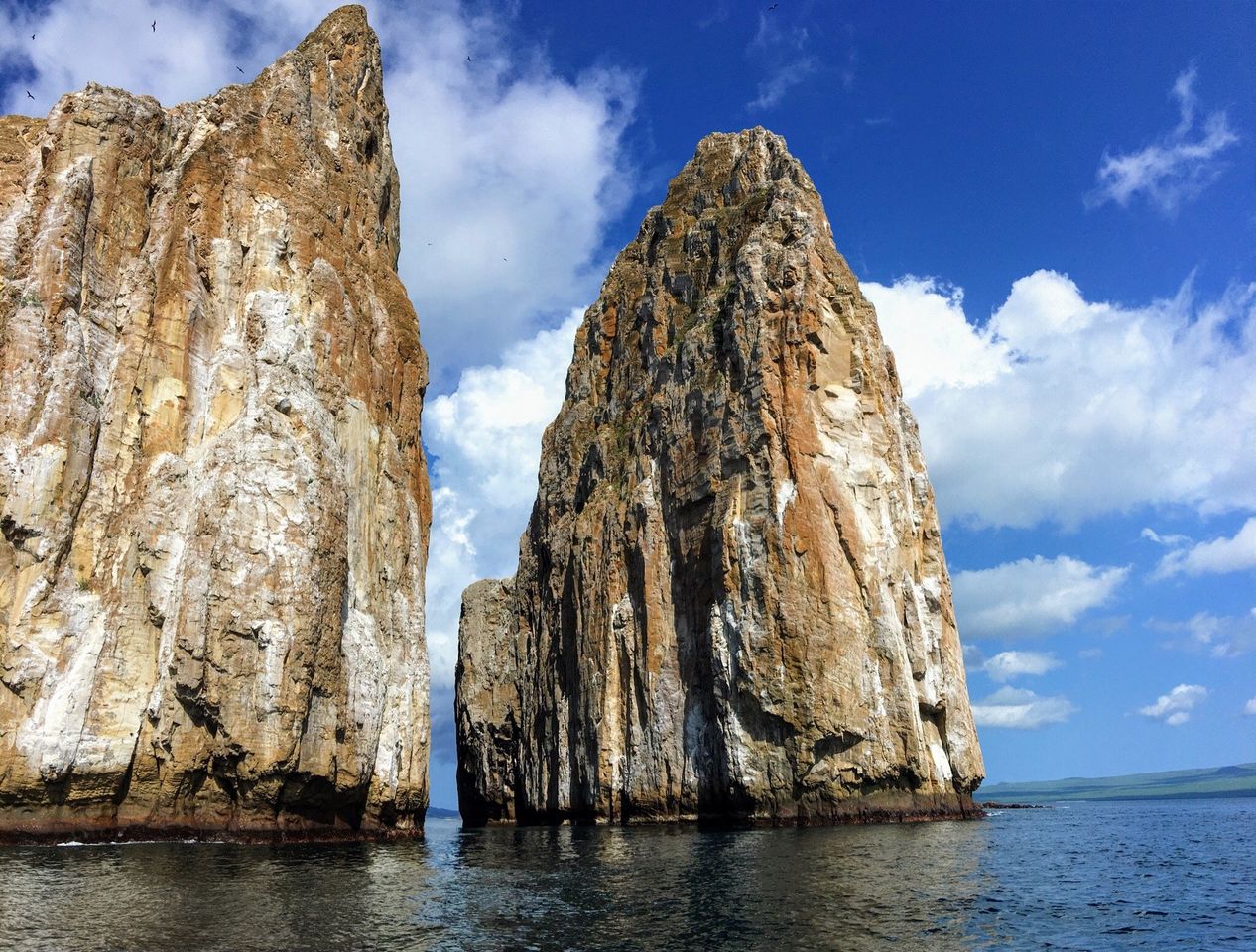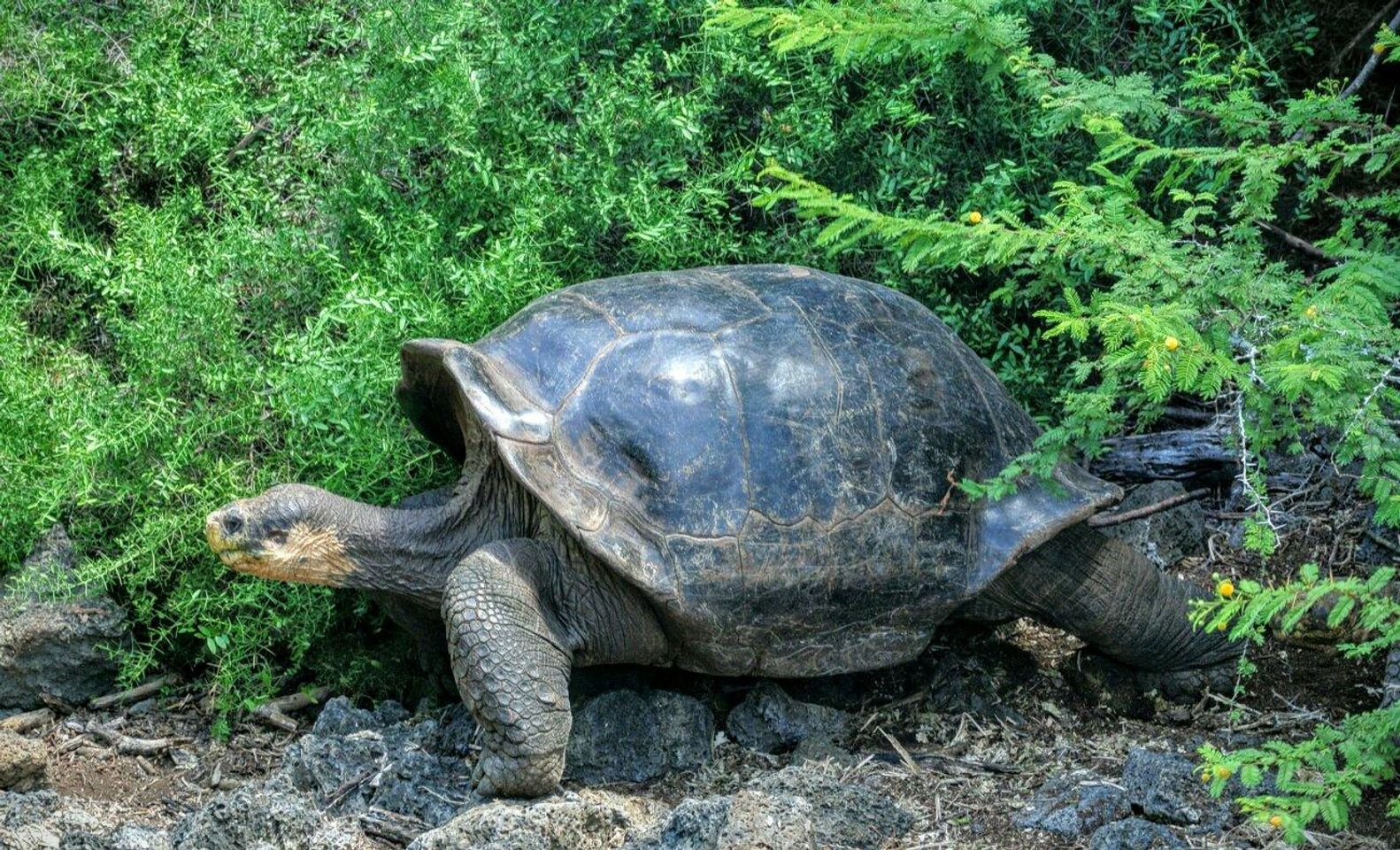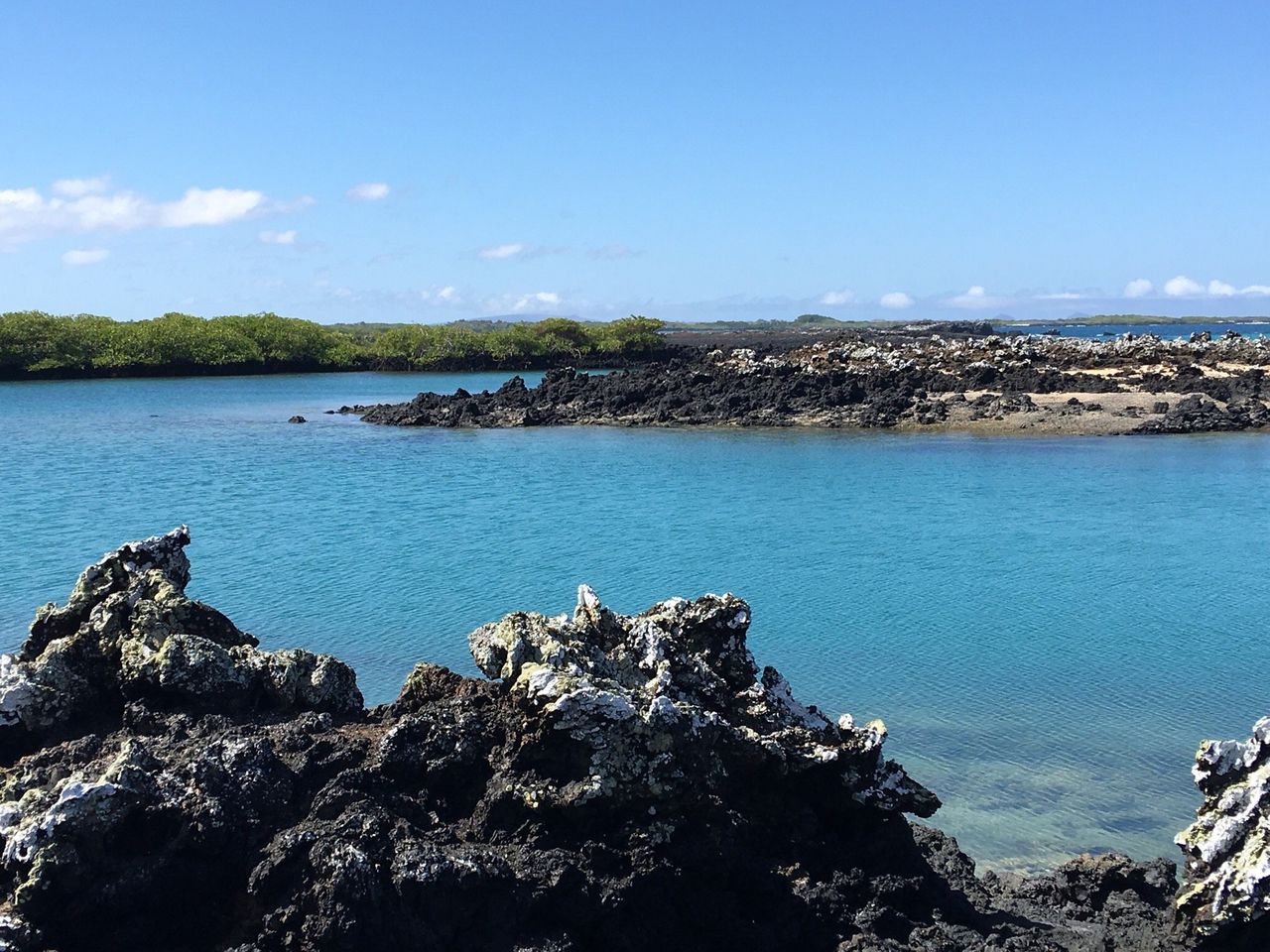Galápagos: Giant Tortoise Breeding for Conservation.

The Giant Tortoise Breeding Center in the Galápagos Islands, Ecuador, is one of the most important conservation facilities in the world. This center was established to protect and breed the giant tortoise species, which was once on the brink of extinction due to human activities. Today, the center is home to thousands of giant tortoises of different sub-species, which are released into the wild once they are strong enough to survive.
The center is not only an important conservation facility but also a fascinating place to visit. Visitors can observe the giant tortoises in their natural habitat, learn about their behavior, and interact with them in a safe and controlled environment. The center also offers educational programs for students and researchers to learn about the species and conservation efforts.
Despite its importance and popularity, the center faces many challenges, including funding, staffing, and the ongoing threats to the survival of the giant tortoise species. In this article, we will explore the fascinating world of the Giant Tortoise Breeding Center, its challenges, and the critical work being done to ensure the survival of this incredible species. Click here to access the complete city guide for Galápagos Islands.
Breeding Programs
As we wander through the Giant Tortoise Breeding Center, it is easy to be enamored by the cuteness of the baby tortoises and the longevity of their ancient ancestors. However, it is essential to remember that this center is part of a larger effort to conserve and restore the delicate ecosystem of the Galápagos Islands.
Breeding programs, like the one at the Giant Tortoise Breeding Center, are necessary for preserving endangered species and providing a lifeline for those on the brink of extinction. These programs ensure genetic diversity, prevent inbreeding, and supplement natural reproduction rates. Their success offers hope for safeguarding the planet’s biodiversity and the continuation of life on earth.
However, we must also recognize the limitations of these programs and their consequences. They are not a substitute for addressing the underlying issues that cause population declines, such as habitat loss and exploitation. Conservation efforts must be comprehensive and involve governments, communities, and individuals. While breeding programs are a crucial step in the right direction, they alone cannot restore ecological balance.
Conservation Efforts
As visitors to the Galápagos Islands, we have a responsibility to contribute to the conservation efforts of the unique and threatened wildlife found there. One way we can do this is by visiting the Giant Tortoise Breeding Center and learning about the vital work being done to protect this endangered species. Not only does this provide crucial funding for the center, but it also allows us to witness firsthand the progress being made in preserving the natural beauty of the islands.
However, we must also recognize that our presence in these delicate ecosystems can have negative impacts if we are not careful. It is essential that we follow the guidelines set out by the center and the national park authorities to ensure that we do not inadvertently harm the very wildlife we are hoping to protect. This means sticking to designated trails, not touching or approaching any animals, and respecting the natural habitats around us.
Ultimately, our visit to the Giant Tortoise Breeding Center should be a reminder that we are not separate from nature, but rather a part of it. It is through our actions as visitors and as global citizens that we can make a difference in preserving the beauty and diversity of our planet for generations to come.
Habitat Management
We believe that habitat management plays a crucial role in the conservation and preservation of the unique biodiversity in the Galápagos Islands. This is especially true for the giant tortoise breeding center where it is paramount to ensure that the habitat is suitable for the growth and development of the tortoises. Proper habitat management practices help to ensure that the tortoises have adequate food, shelter, and other resources they need to survive in their natural habitat.
At the breeding center, we have observed that proper habitat management practices have led to an increase in the number of giant tortoises. This is a clear indication that sustainable management practices not only help to preserve the environment but also help to support the continued growth and survival of the species. Reducing the negative impact on the ecosystem also helps to create a more balanced and healthier ecosystem, which can support the diverse wildlife that calls the Galápagos Islands home.
Overall, we strongly advocate for the incorporation of effective habitat management practices when visiting the giant tortoise breeding center in the Galápagos Islands. This includes reducing one’s ecological footprint, supporting conservation efforts, and educating others on the importance of sustaining the environment. Supporting habitat conservation initiatives can help ensure the continued existence of the magnificent giant tortoises and promote a more sustainable future for the Galápagos Islands.
Conclusion
In conclusion, the Giant Tortoise Breeding Center in the Galápagos Islands, Ecuador, is a truly remarkable undertaking. The center’s determined efforts to revive and preserve the endangered species of giant tortoise deserve recognition and support. Through their tireless work, the team at the center ensures that these magnificent creatures have a safe habitat to thrive in and a chance to thrive for generations to come.
The staff at the center should be praised for taking on the vital task of breeding and nurturing the tortoises. Their efforts have resulted in significant progress in the population of the giant tortoise species. It is not just the tortoises that benefit from this center; it is also a fantastic opportunity for visitors to learn more about conservation efforts in the Galápagos Islands and be educated about what measures we need to take to protect the natural world.
The Giant Tortoise Breeding Center is an excellent example of how we can protect and revive endangered species. The dedication and determination of the center’s staff are truly inspiring and should motivate, not just the community in Ecuador but the world at large, to make a conscious effort to conserve our planet’s biodiversity. We must take action now and support conservation projects in every way possible, for a better future for all.





